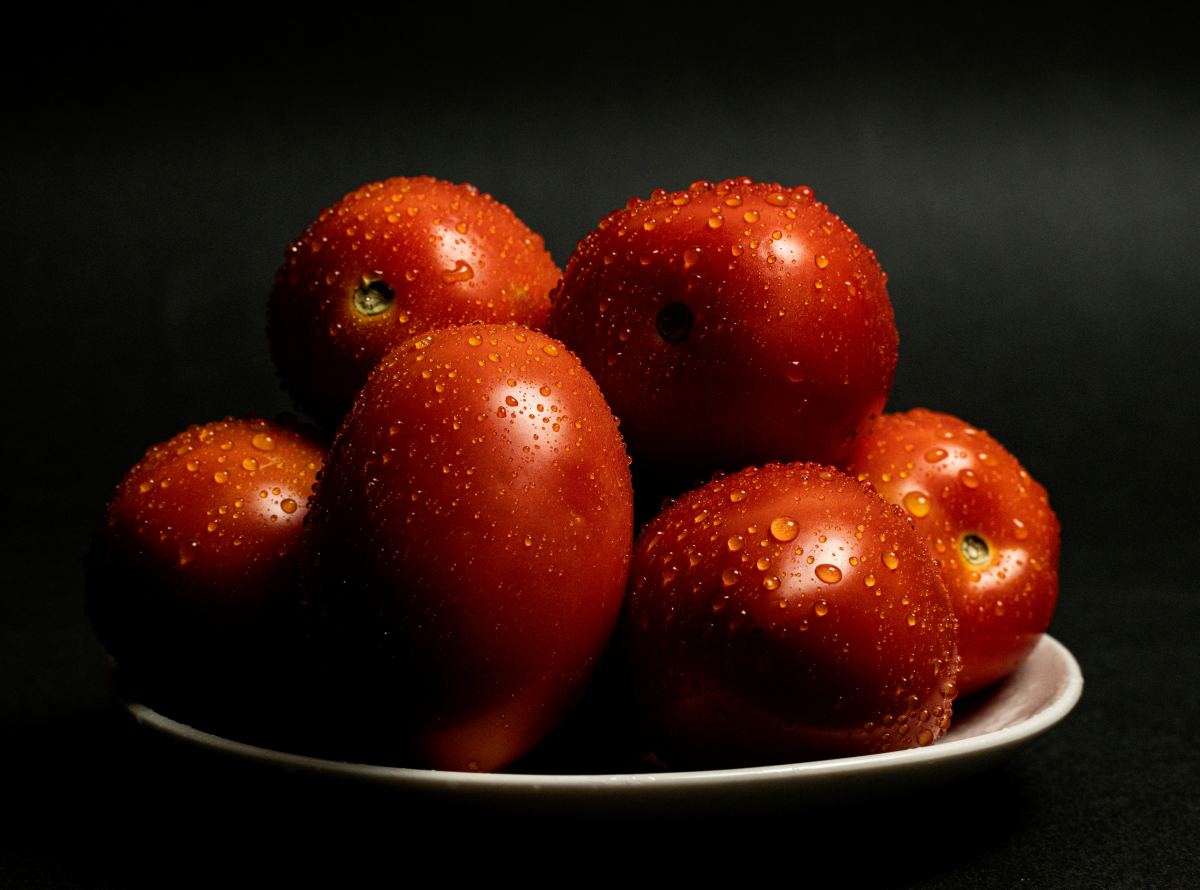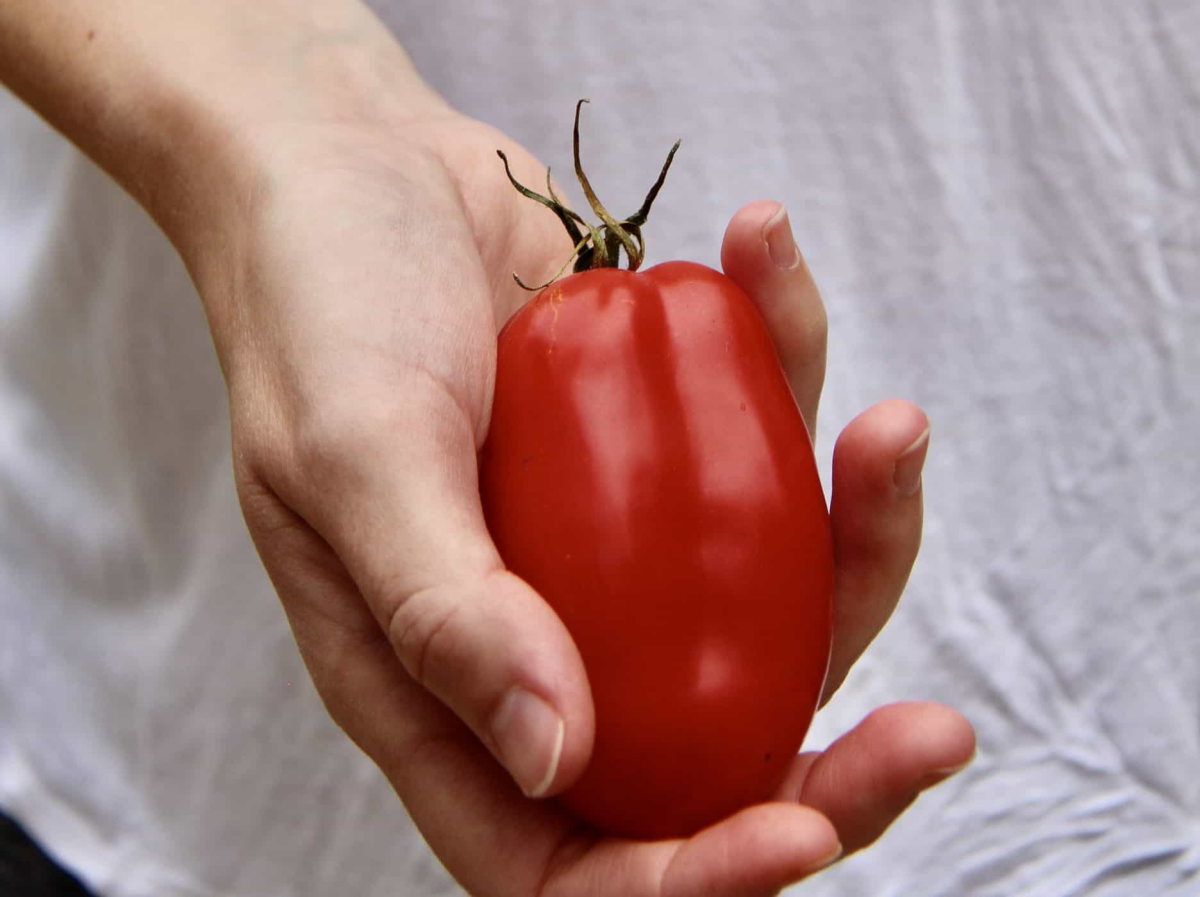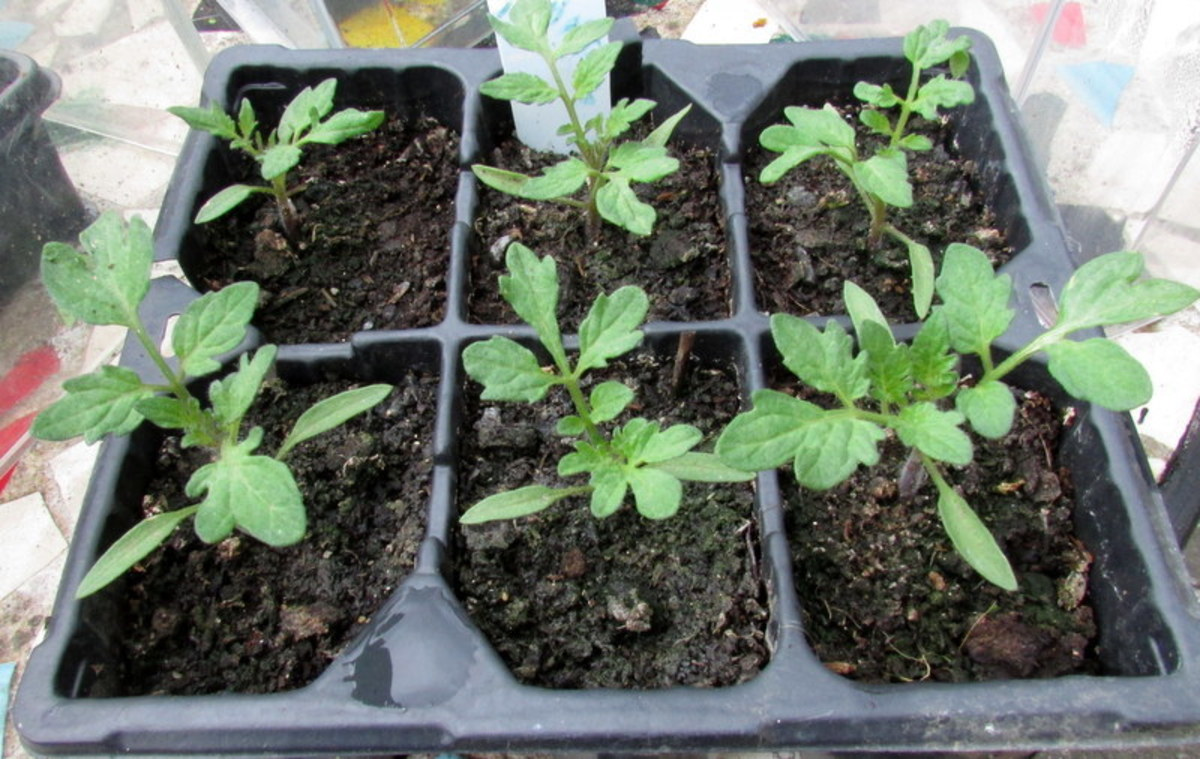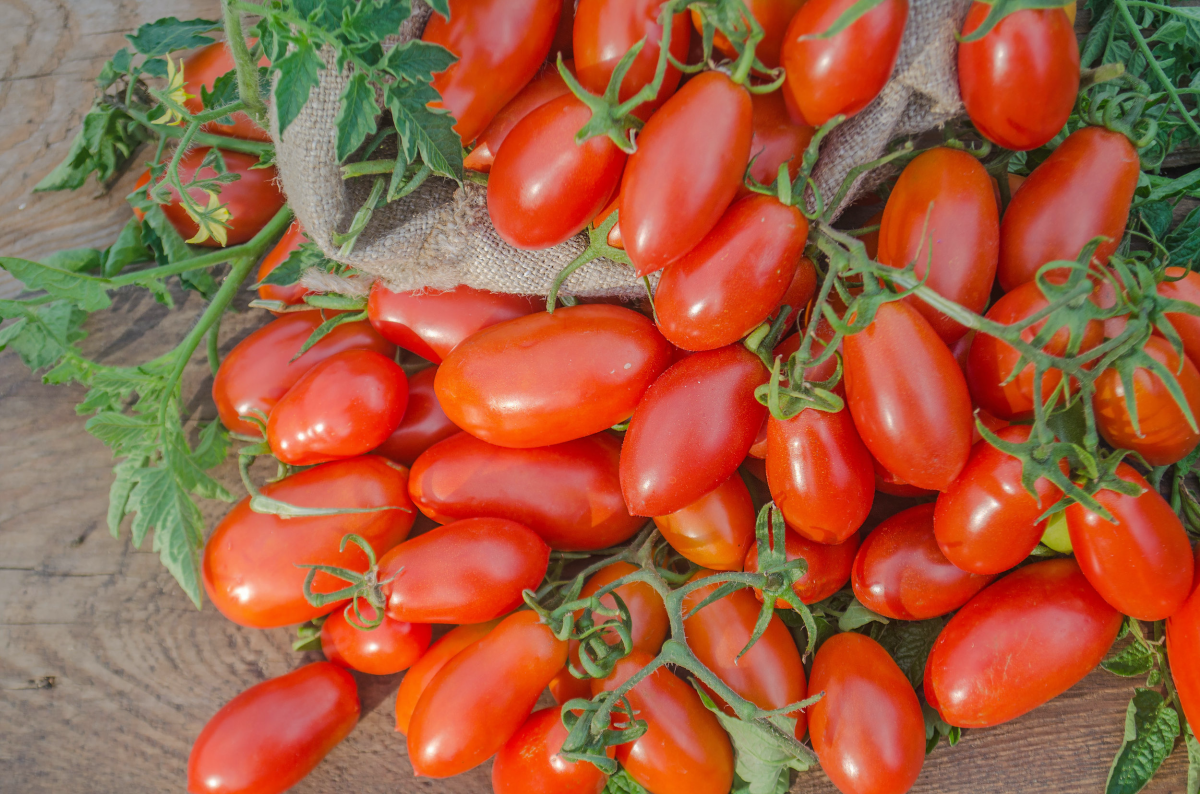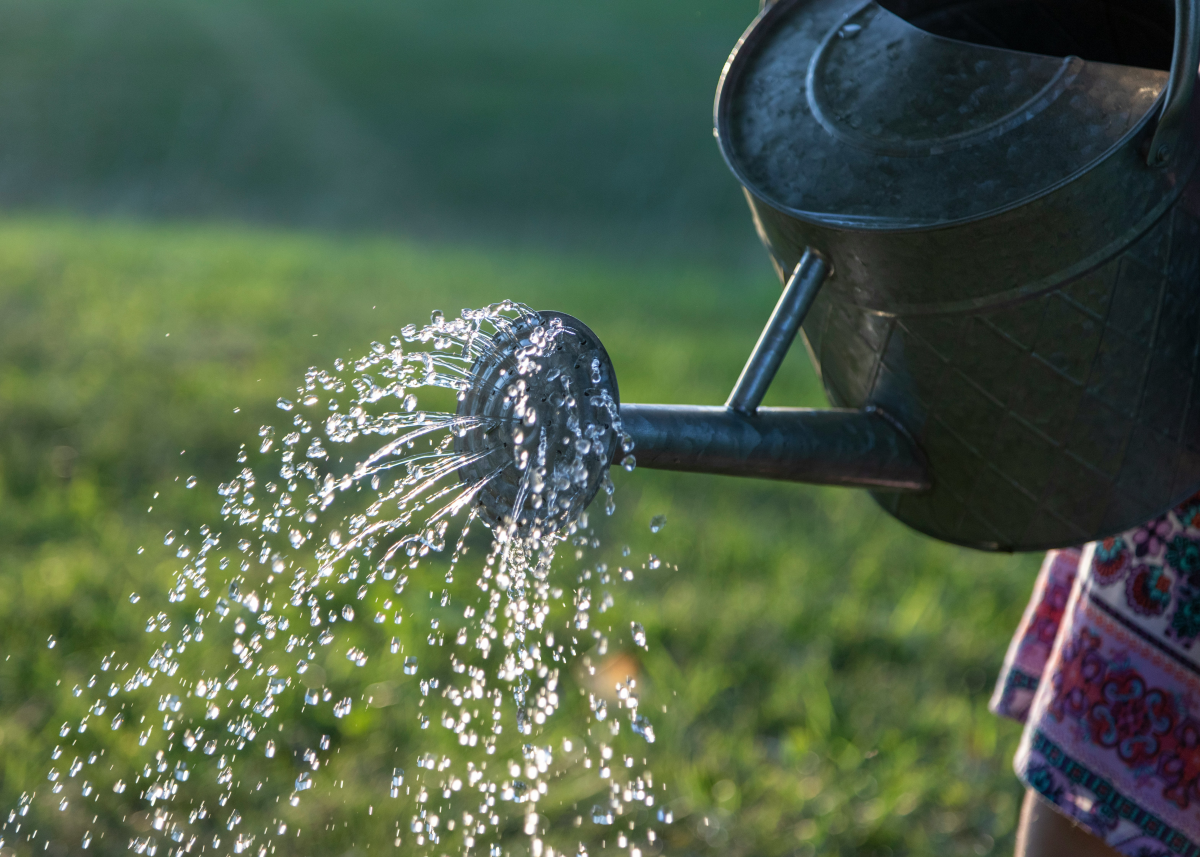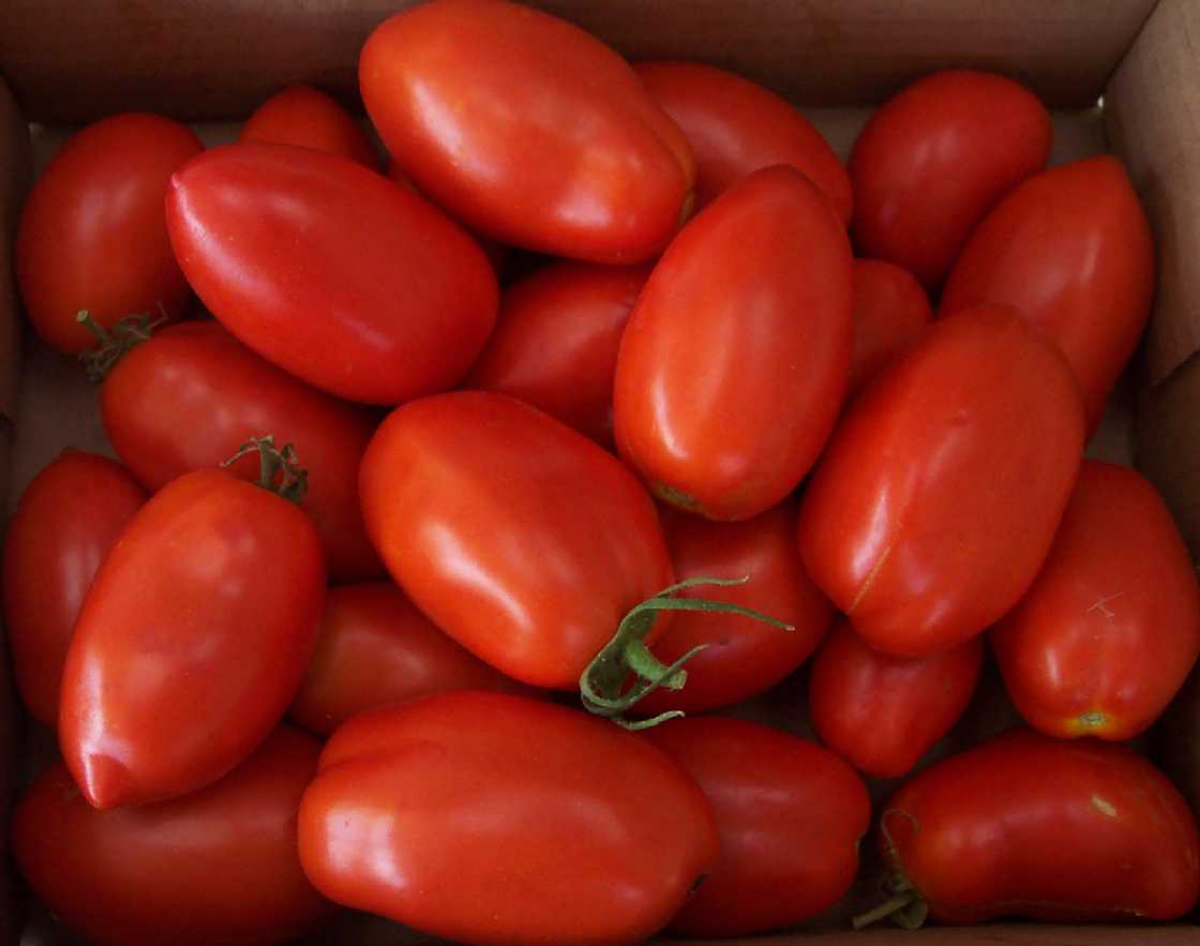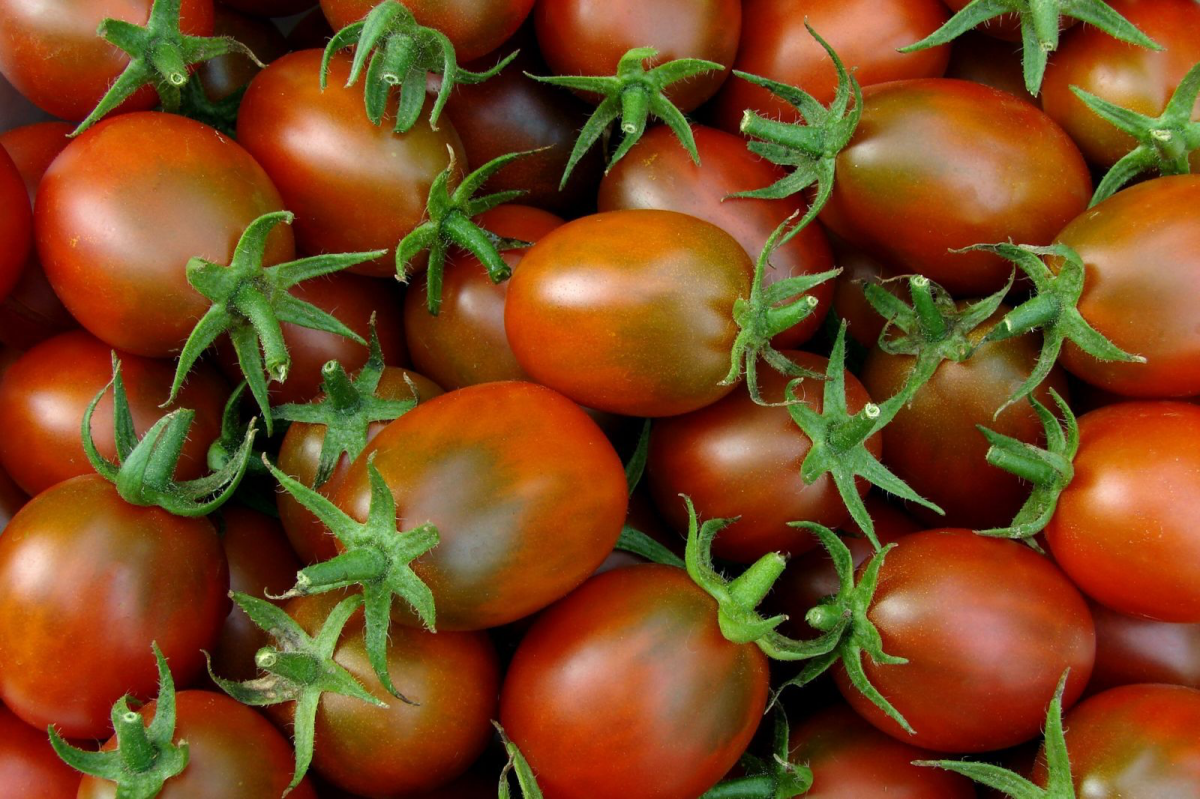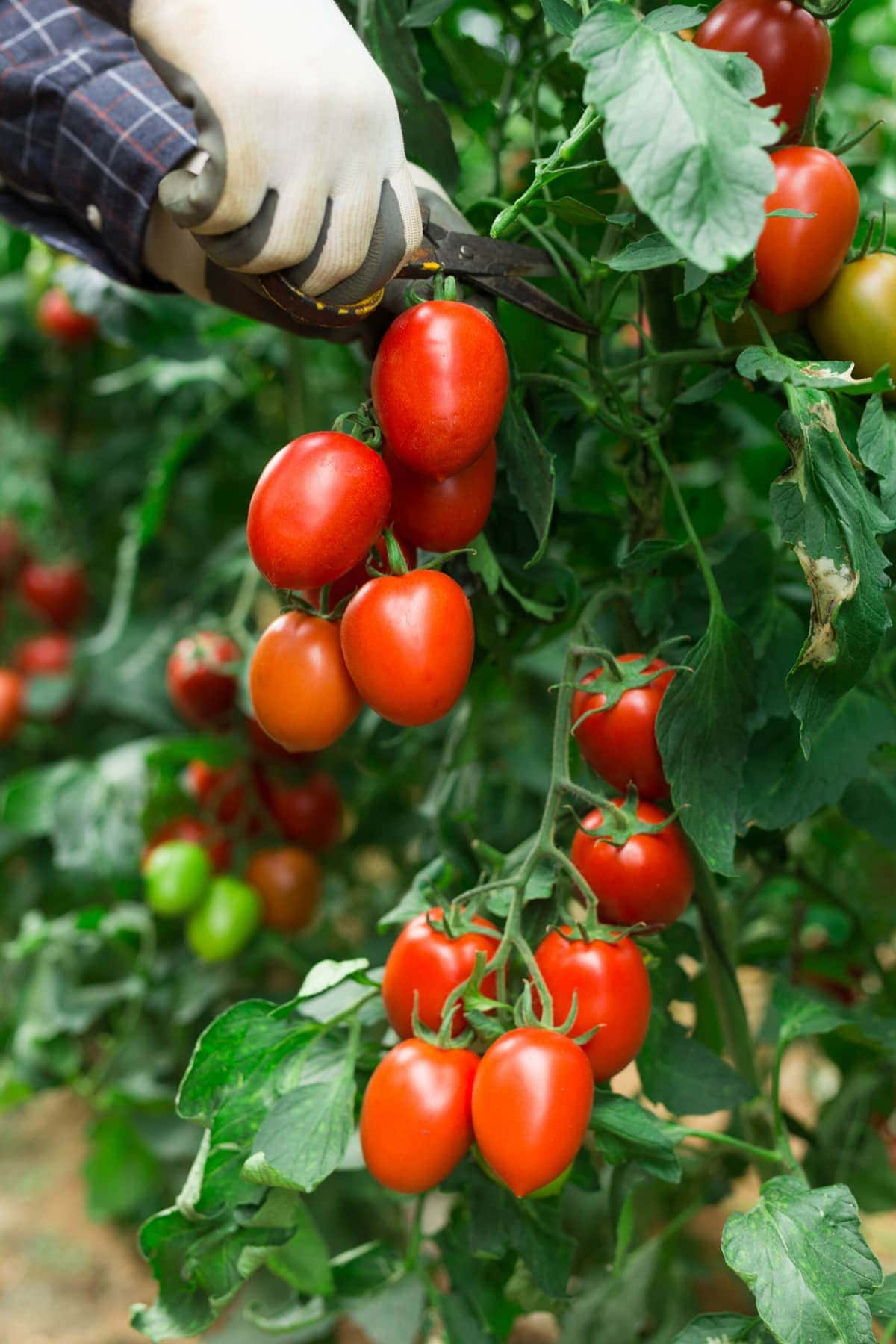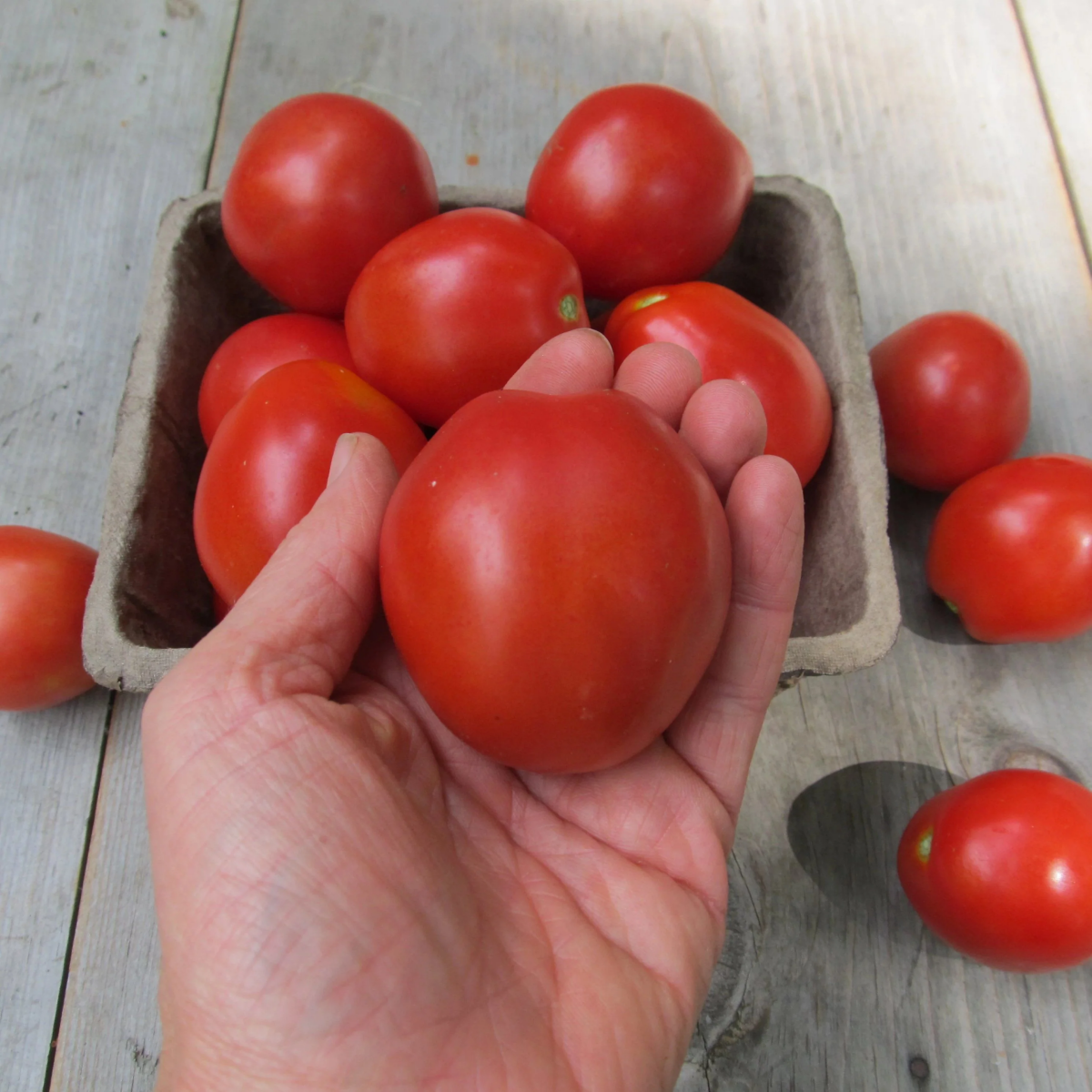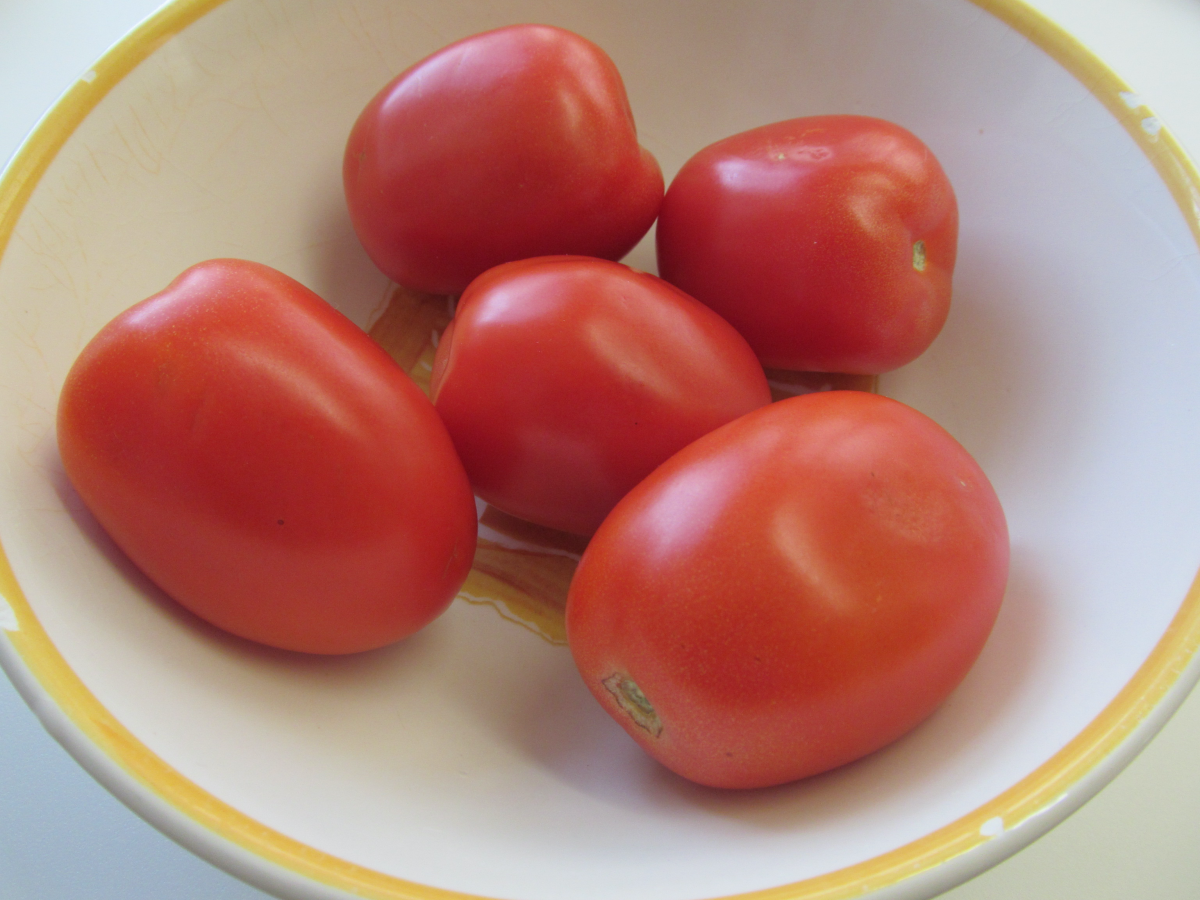Watering, Feeding, And Care: How To Nurture Your Plum Tomatoes
Growing your own plum tomatoes offers a uniquely rewarding experience for any gardener. These particular tomatoes are cherished for their dense, flavorful flesh. They are perfect for a variety of culinary uses, from rich, homemade sauces to fresh, vibrant salads. Achieving that ideal harvest, however, is not simply a matter of sowing seeds. It requires a dedicated approach to care. This includes proper watering techniques and meticulous feeding schedules. On the bright side, growing your own tomatoes ins’t rocket science. You just need to know some basics. That’s why today we will tell you how to grow and care for these tomatoes like a pro.
Growing your own plum tomatoes offers a uniquely rewarding experience for any gardener
In this article
How To Grow Plum Tomatoes
Understanding the specific requirements of plum tomatoes is crucial for any gardener looking to cultivate them successfully. These tomatoes distinguish themselves with their unique oblong shape. This sets them apart from other varieties like the round beefsteak or the small cherry tomatoes. But it’s not just their shape that makes plum tomatoes special. They have distinct cultivation needs that, when properly addressed, can lead to an abundant yield of succulent fruits. Acknowledging these requirements is the cornerstone of a fruitful growing season. That’s why today we will share with you the most important things to know when growing these tomatoes.
These tomatoes distinguish themselves with their unique oblong shape
Choose the right location
Selecting the optimal location is a critical first step in cultivating plum tomatoes. These plants flourish in environments graced by abundant sunlight and well-drained, fertile soil. So, before you start planting, look at your garden and identify the area that basks in sunlight for the majority of the day. Such spots are goldmines for plum tomatoes. To further prepare, enrich the soil with compost or well-rotted manure. This not only boosts the soil’s fertility but also improves its structure. Thus, ensuring your plum tomatoes have the strong foundation they need to thrive.
A well-chosen location sets the stage for a successful tomato garden
Prepare the soil
Soil quality acts as the cornerstone of a thriving garden. This is particularly true for plum tomatoes, as these plants have specific soil requirements. Aim for a soil pH between 6.0 and 6.8. This is an ideal range that facilitates nutrient absorption. To achieve this, integrate generous amounts of organic matter into the soil. This practice enhances soil drainage and fertility. So, you create an environment conducive to the vigorous growth of plum tomatoes. Regularly testing your soil’s pH and adjusting it with organic amendments can ensure your garden bed is perfectly prepared for planting.
Aim for a soil pH between 6.0 and 6.8
Seedlings
For those eager to get a jump on the season, starting seeds indoors offers a head start. However, it’s essential to acclimate young plants to outdoor conditions through a process known as hardening off before transplanting them into the garden. This gradual introduction helps prevent transplant shock, ensuring a smoother transition to outdoor growth.
Starting seeds indoors offers a head start
Planting
When planting plum tomatoes, timing plays a crucial role. The ideal planting time is after the last frost has passed, and the soil temperature has sufficiently warmed. This signals a safe environment for your tomatoes to flourish. The method of planting is just as important as the timing. Whether sowing seeds directly into the garden or transplanting seedlings, spacing is key. Ensure there is enough room between each plant to promote adequate air circulation and growth. Plant your tomatoes deeply and bury them up to their first set of true leaves. This will encourage the development of a strong and extensive root system.
The method of planting is just as important as the timing
Watering
Watering practices significantly impact the health and yield of your tomatoes. These plants thrive with deep, infrequent waterings rather than daily light sprinkles. Targeting the water directly at the base of the plant minimizes moisture on the leaves. This way you reduce the risk of diseases like blight. Establishing a consistent watering routine that deeply saturates the soil encourages the roots to grow deeper, making plants more resilient and capable of accessing nutrients and moisture even as conditions change.
Watering practices significantly impact the health and yield of your tomatoes
Feeding
Feeding your plum tomatoes is essential to support their growth and fruiting phases. Selecting a balanced, slow-release fertilizer to apply at planting and again during fruit set ensures your plants receive the necessary nutrients over time. This sustained nutrient release promotes the development of healthy foliage and supports abundant fruit production. Monitor your plants for signs of nutrient deficiencies and adjust your feeding regimen accordingly. This can further enhance the health and productivity of your plum tomato garden.
Feeding your plum tomatoes is essential to support their growth
How To Care for Plum Tomatoes
Growing plum tomatoes transforms your simple garden plot into a vibrant tableau of culinary promise. These tomatoes are renowned for their concentrated sweetness and robust texture. So, it’s no surprise that they are the backbone of countless dishes worldwide. The endeavor to cultivate them, however, extends beyond mere gardening—it’s an act of passion and precision. It requires an intimate understanding of their unique requirements. Once you’ve planted your tomatoes, you will need to properly care for them if you want them to bless you with a bountiful harvest. Here are some basic care needs your tomatoes will need.
These tomatoes are renowned for their concentrated sweetness and robust texture
Pruning
Pruning is a critical aspect of plum tomato care. By selectively removing excess foliage, especially the non-fruiting branches, you enhance air circulation and light penetration throughout the plant. This targeted pruning redirects the plant’s energy towards fruit production rather than leaf growth. This way, you can potentially increase your yield. It’s a delicate balance. Removing too many leaves can expose fruits to sunscald, while too little pruning can lead to a dense canopy that harbors humidity and pests. Regularly assessing your plants and making adjustments as they grow is key to successful pruning.
Pruning is a critical aspect of plum tomato care
Staking
As your plum tomato plants mature, providing adequate support becomes essential. Staking or using cages to elevate the plants off the ground prevents the fruits from touching the soil, reducing the risk of fungal diseases and pest infestations. This method not only keeps your garden tidy but also facilitates easier harvesting. By securing your plants in an upright position, you ensure that they receive uniform sunlight and air circulation, contributing to even growth and development across the plant.
Providing adequate support becomes essential
Pests
Maintaining vigilance against pests is crucial for the health and productivity of your plants. Regular garden inspections allow for the early detection of common pests such as aphids, whiteflies, and tomato hornworms. All of which can cause significant damage if left unchecked. Employing organic interventions, such as introducing beneficial insects like ladybugs and lacewings, can naturally curb pest populations. Additionally, practices such as handpicking larger pests and using insecticidal soaps or neem oil offer effective, chemical-free options for protecting your plants.
Maintaining vigilance against pests is crucial for the health of your plants
Disease
Diseases in plum tomatoes can range from fungal infections like early blight and powdery mildew to viral diseases such as tomato mosaic virus. The key to managing these diseases lies in prevention and early intervention. Practices such as crop rotation, proper spacing for air circulation, and avoiding overhead watering can significantly reduce the incidence of disease. Should signs of disease appear, it’s important to act swiftly by removing affected leaves or plants to prevent spread. Organic fungicides and practicing good sanitation by cleaning tools and garden beds can also play a critical role in disease management.
The key to managing these diseases lies in prevention and early intervention
Harvesting
Harvesting your plum tomatoes at the right moment is crucial for enjoying their best taste and texture. Look for fruits that have achieved a uniform, deep color and yield slightly under gentle pressure—indications of ripeness. Early morning harvests often yield the most flavorful fruits, as they capture the coolness of the night. If frost threatens before all tomatoes ripen, you can pick them green and allow them to ripen indoors, ensuring not a single fruit goes to waste.
Look for fruits that have achieved a uniform, deep color
Nurturing plum tomatoes is an art and science. Growing these delicious tomatoes blends attentive care with the joy of gardening. As you water, feed, and tend to your plants, remember that each step is a part of the journey from seed to harvest. The rewards of growing plum tomatoes extend beyond the garden, bringing a taste of summer into your kitchen and meals. So, embrace the process, and enjoy the delicious results of your labor.
Nurturing plum tomatoes is an art and science
